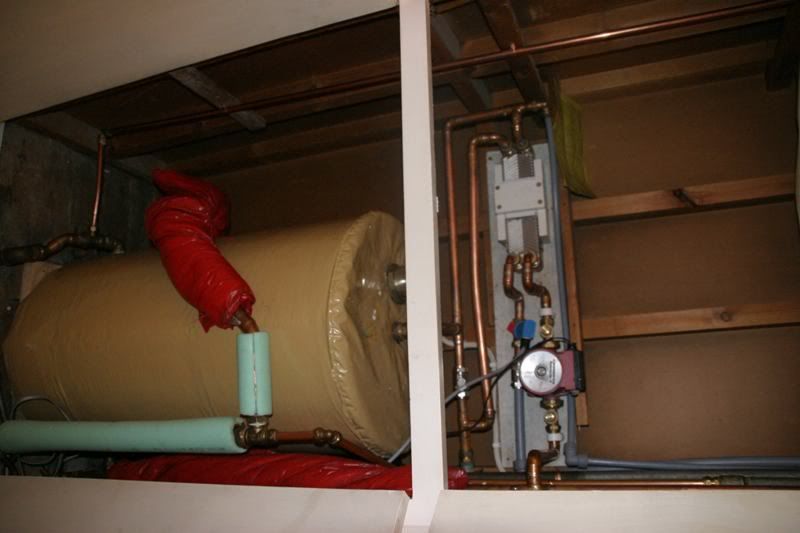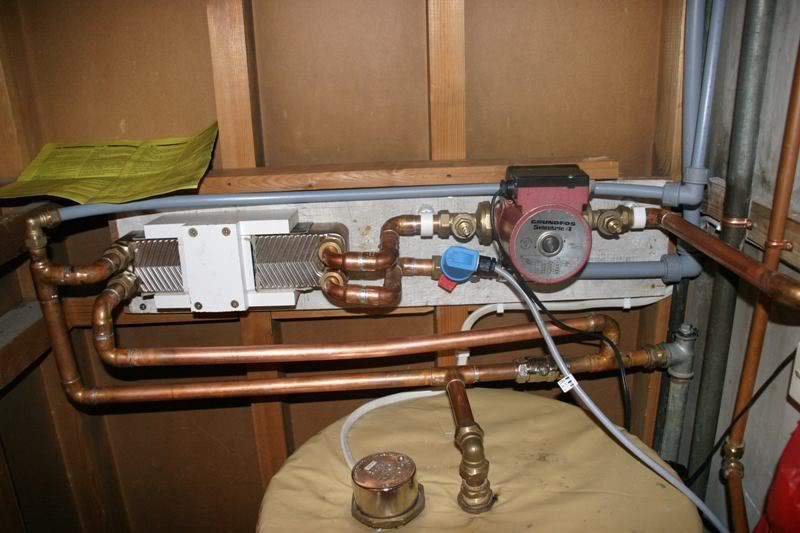I have this thought in my mind that my Father took me to a foundry in East Anglia however all the web history shows it as being in Wolverhampton.
It was very successful until after the second world war when it went through many financial disasters and went into liquidation many times. It still apparently survives as Crane Cast following the last liquidation about 2001.
When I visited it was mostly making large brass water valves although it has made almost everything that can be cast in steel and brass at various times in its history.
I dont think you will find any significant technical support from anyone but its such a simple boiler it does not need any.
Tony
Tony
It was very successful until after the second world war when it went through many financial disasters and went into liquidation many times. It still apparently survives as Crane Cast following the last liquidation about 2001.
When I visited it was mostly making large brass water valves although it has made almost everything that can be cast in steel and brass at various times in its history.
I dont think you will find any significant technical support from anyone but its such a simple boiler it does not need any.
Tony
Tony



